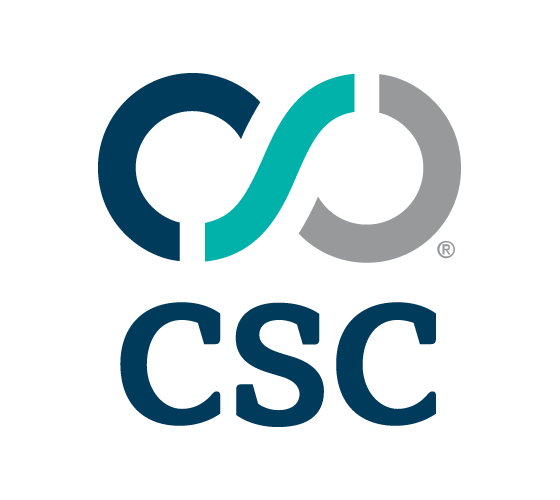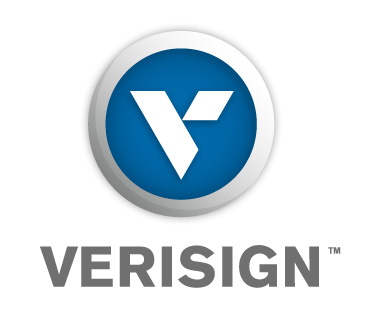

|
||
|
||
If one thing has become clear from recent commentary on ICANN’s new top-level domain program, it’s that there’s a dramatic lack of understanding about some of the benefits of owning your own TLD—especially as it relates to security.
Many brand owners—especially those with luxury brands—could realize immediate benefits from reduced counterfeiting and greater brand trust with a “dot Brand.”
Today, many brand owners spend substantial resources combating the ever-increasing scourge of counterfeiting on the Internet. Counterfeiting and other infringements thrive in an environment where gTLDs are mostly unrestricted, and any registrant, including criminals, can register and use names with few if any restrictions. Since it’s impossible for brand owners to protect themselves 100% for any and all variations of their name, the criminals win at the expense of the brand owner. This understandably frustrates brand owners, who imagine this problem multiplying when they hear about “hundreds of new TLDs.”
In fact, the new TLD program can help combat this scourge.
New gTLDs will create a “not com” world, where dot Brand registries will have absolute control over their name-spaces. This control includes control over WHO is eligible to register a name and control over HOW they use the domain. If you only want duly authorized dealers to have a name, ONLY duly authorized dealers (whom YOU select) will have one. If a dealer misuses the name and violates their agreement with you, you can immediately suspend the name, taking it OFF the Internet. In effect, this enables a brand owner to create an easy-to-identify safe zone on the Internet—their dot Brand—that dramatically enhances their control over their name.
For example, imagine Rolex as the registry for “dotRolex.” The Rolex company—not ICANN or a registrar—will specifically authorize each and every registration in the .rolex TLD. With only authorized Rolex dealers allowed to host sites and email in the .rolex TLD, consumers will quickly learn that sites in the “.rolex” space are the real thing. Rolex may even require its authorized dealers to use a .rolex site as part of its agreement.
Further, if an authorized registrant attempts to sell unauthorized items on their .rolex sites, Rolex can take immediate action and shut down the site. This is a powerful tool that has been unrecognized in the conversation so far. In the new “not com” world, brand owners suddenly have new tools for controlling online activity.
Consumers win, too. Consumers will never have to wonder whether the watch they purchase from “www.buy.rolex” is genuine. The same assurance is simply not available today for domains like www.buy-a-real-rolex-watch-online.com. The new dot Brand opportunity introduces a completely new trust paradigm for branded products online.
The benefits are also applicable to those companies that do not market directly to consumers. Franchise operations will also be able to exert greater control over their networks of affiliates. Companies such as BMW now spend a lot of time and money seizing .com domain names from unauthorized “dealers.” With a properly structured “dot BMW”, the company could allocate domains such as sacramento.bmw or paris.bmw to its approved partners, and revoke the domains when those relationships expire or are violated.
A dot Brand gTLD is not an overnight solution to the problems of counterfeiting and fraud—consumer education will be needed, too—but as Internet users become accustomed to looking to the “right of the dot” for their trusted brands, the chance of them being confused—or cheated—by a .com will be diminished.
Many brand owners already recognize this and are quietly preparing their applications. Those who are loudly manning the barricades against change may wake up in 2013 to find that they are a “dot com” in a “not com” world.
Sponsored byDNIB.com

Sponsored byIPv4.Global

Sponsored byCSC

Sponsored byVerisign

Sponsored byWhoisXML API

Sponsored byVerisign

Sponsored byRadix
